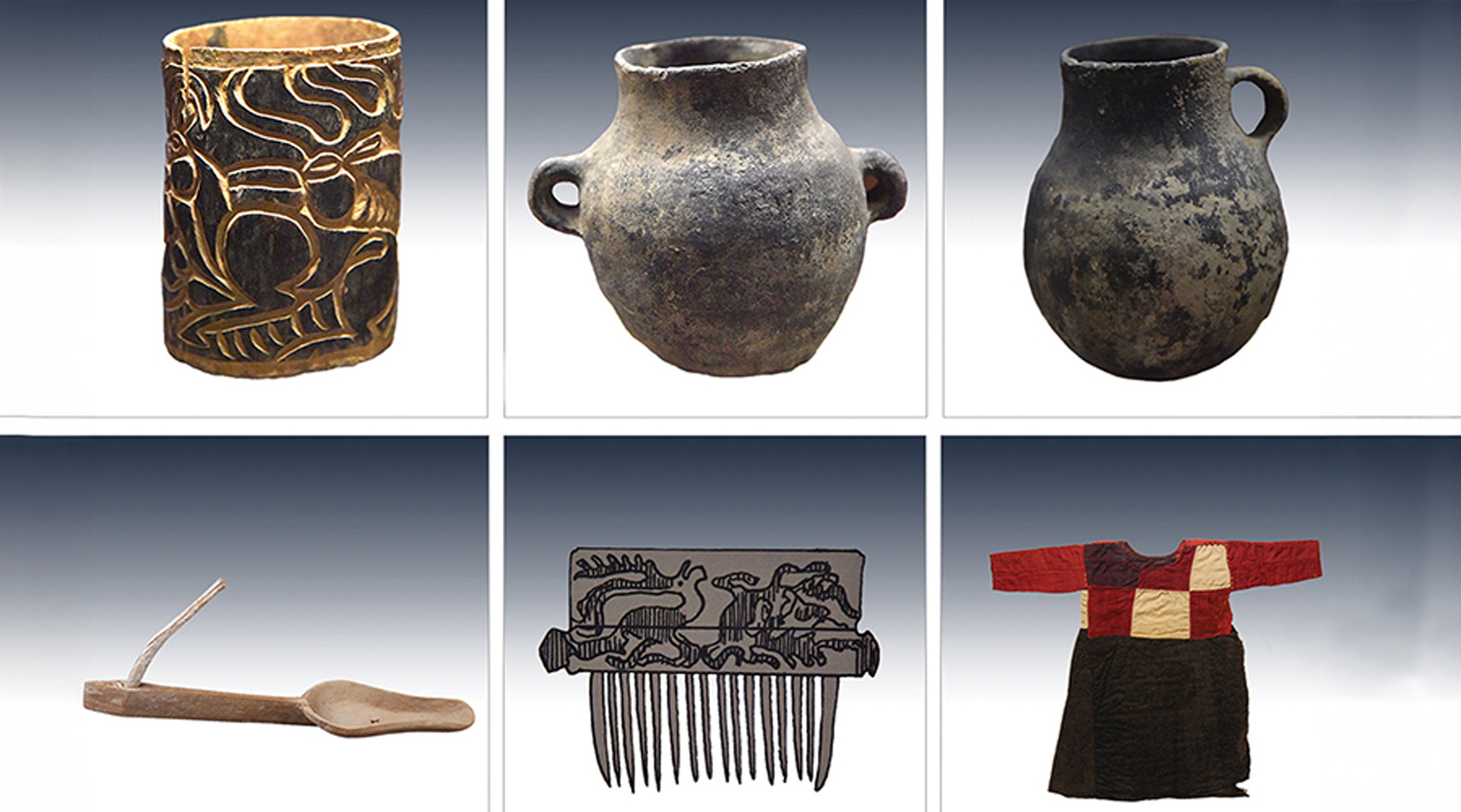No CrossRef data available.
Published online by Cambridge University Press: 20 May 2025

Oasis communities across Central Asia were key to the emergence and maintenance of the ancient Silk Roads that spanned Eurasia from the late second century BC, yet our understanding of early interaction networks in this region is limited. Multi-isotopic analysis of human teeth from the Zaghunluq Cemetery, southern Xinjiang (sixth century BC to first century AD) now suggests that oasis communities established intricate exchange networks, forming strong ties with other nearby oases and mountain pastoralists and weak ties, facilitated through in migration, with more distant regions. These diverse connections, the authors argue, made possible cultural exchange across the challenging geography of eastern Central Asia.